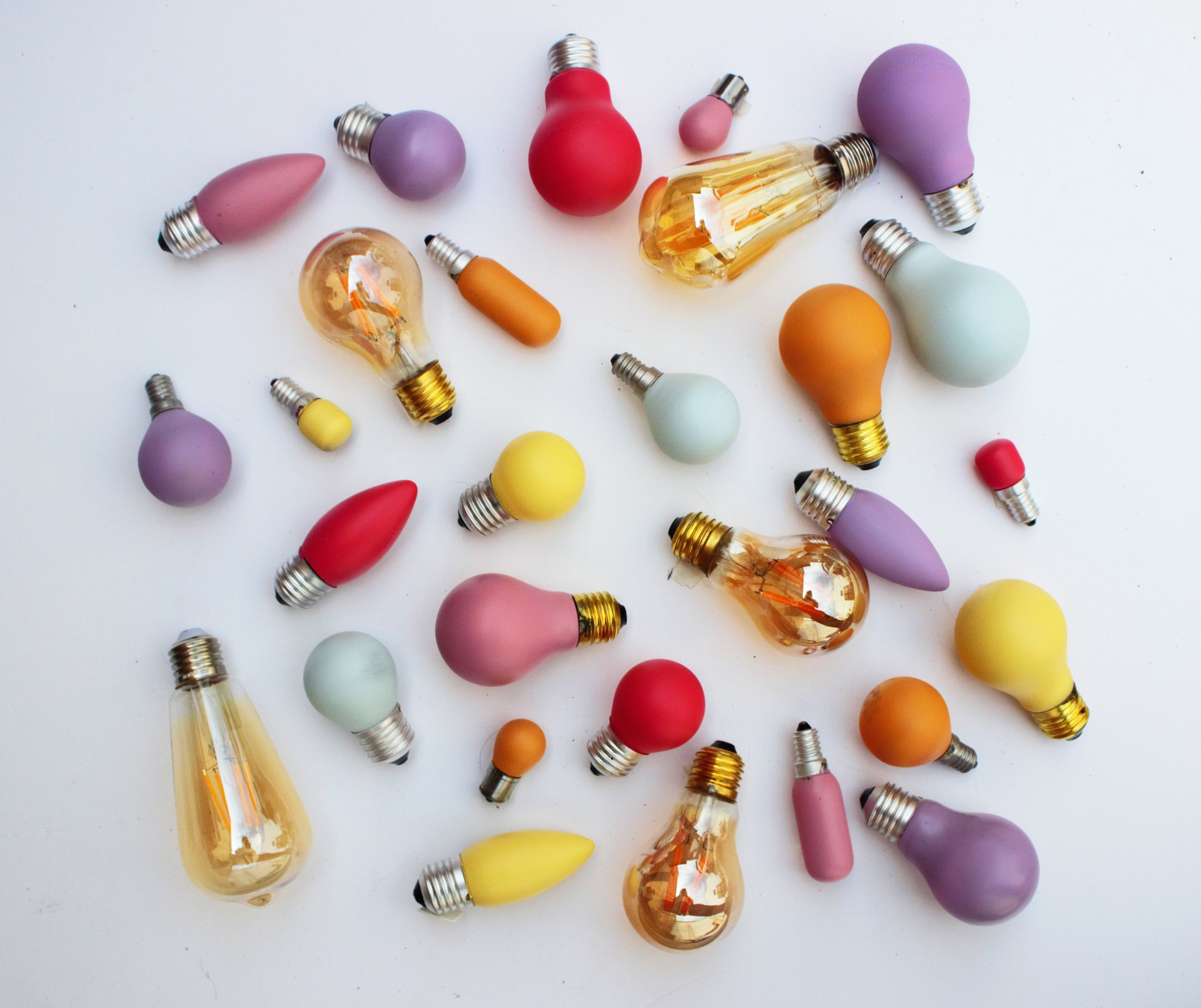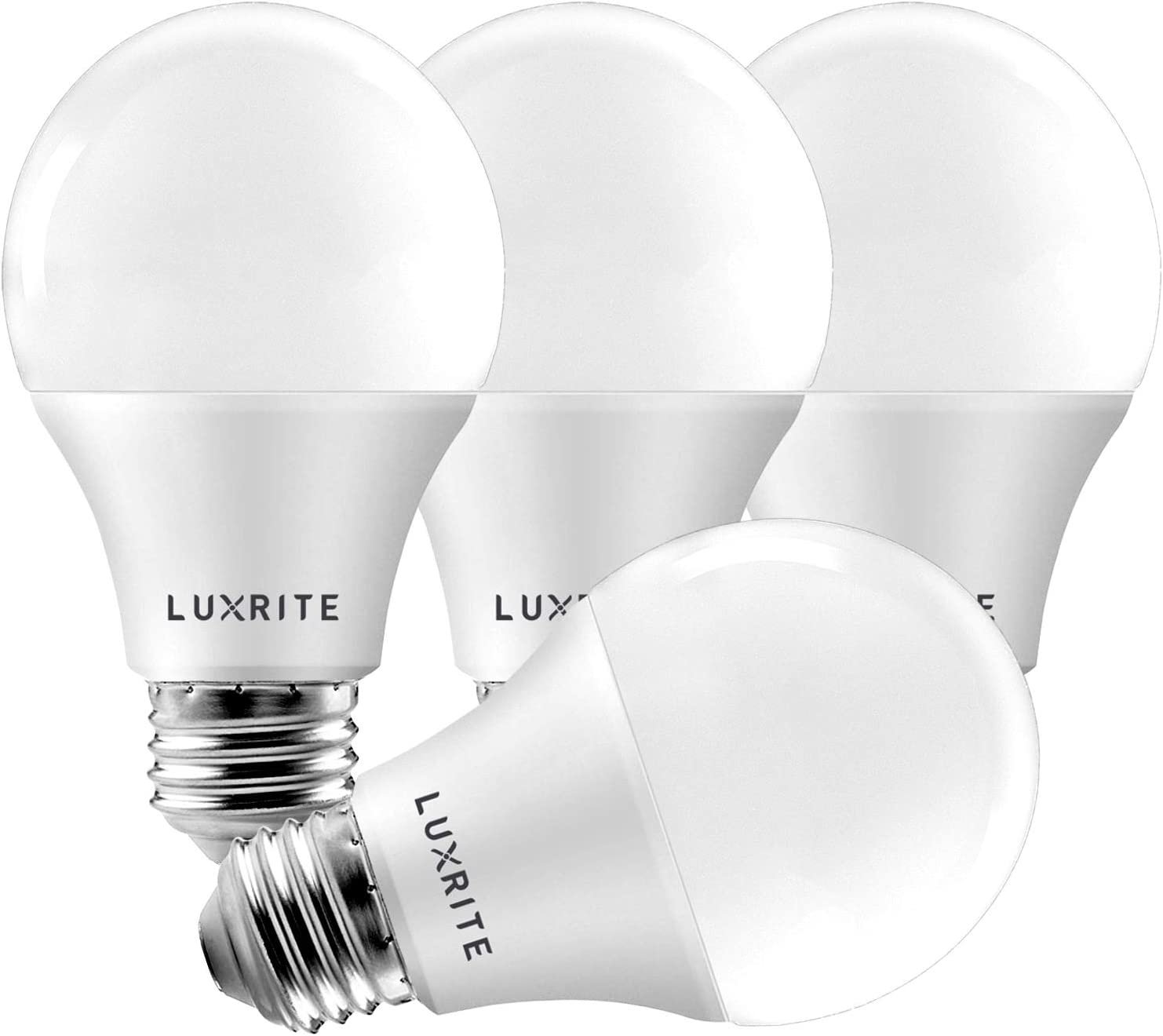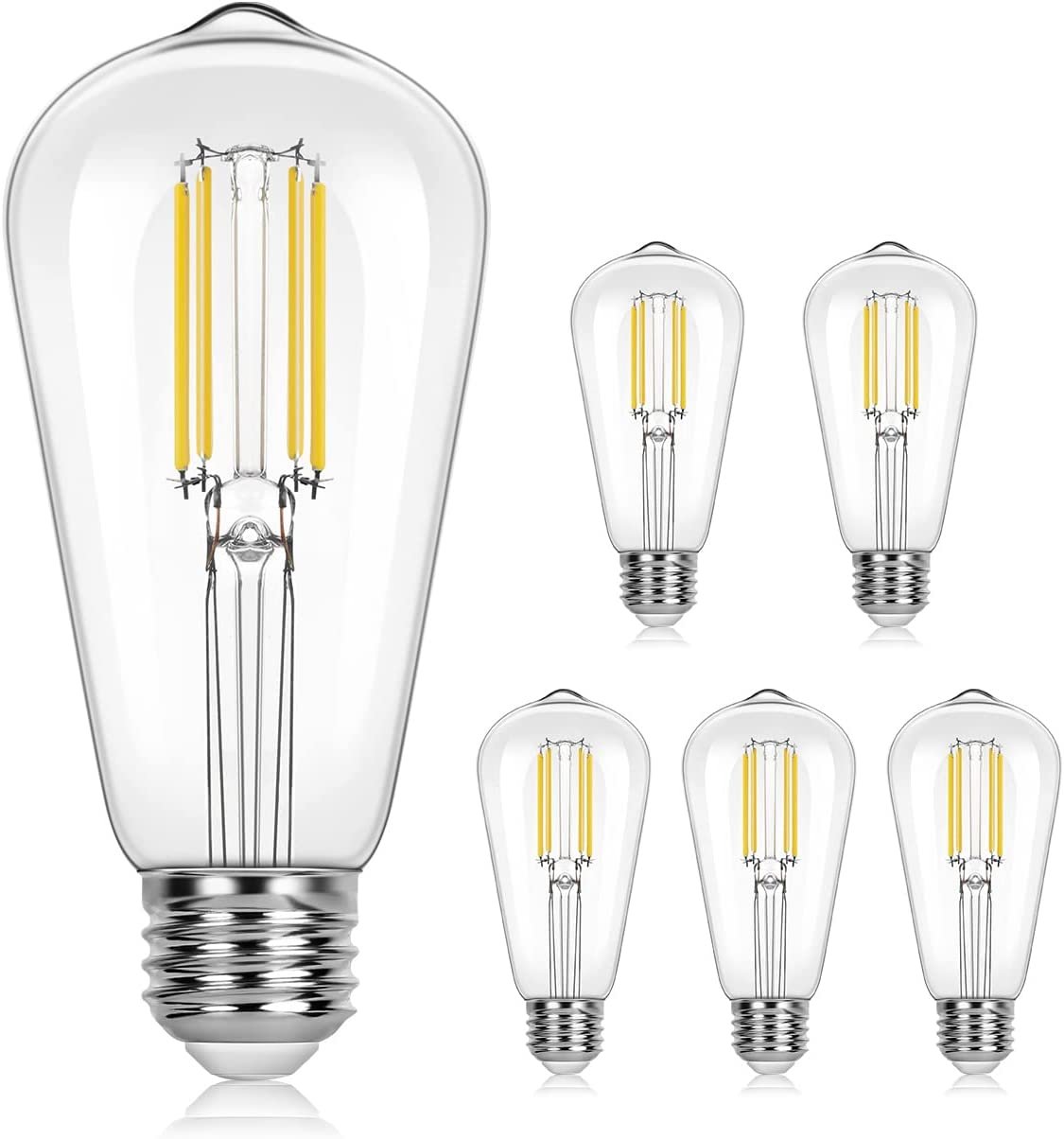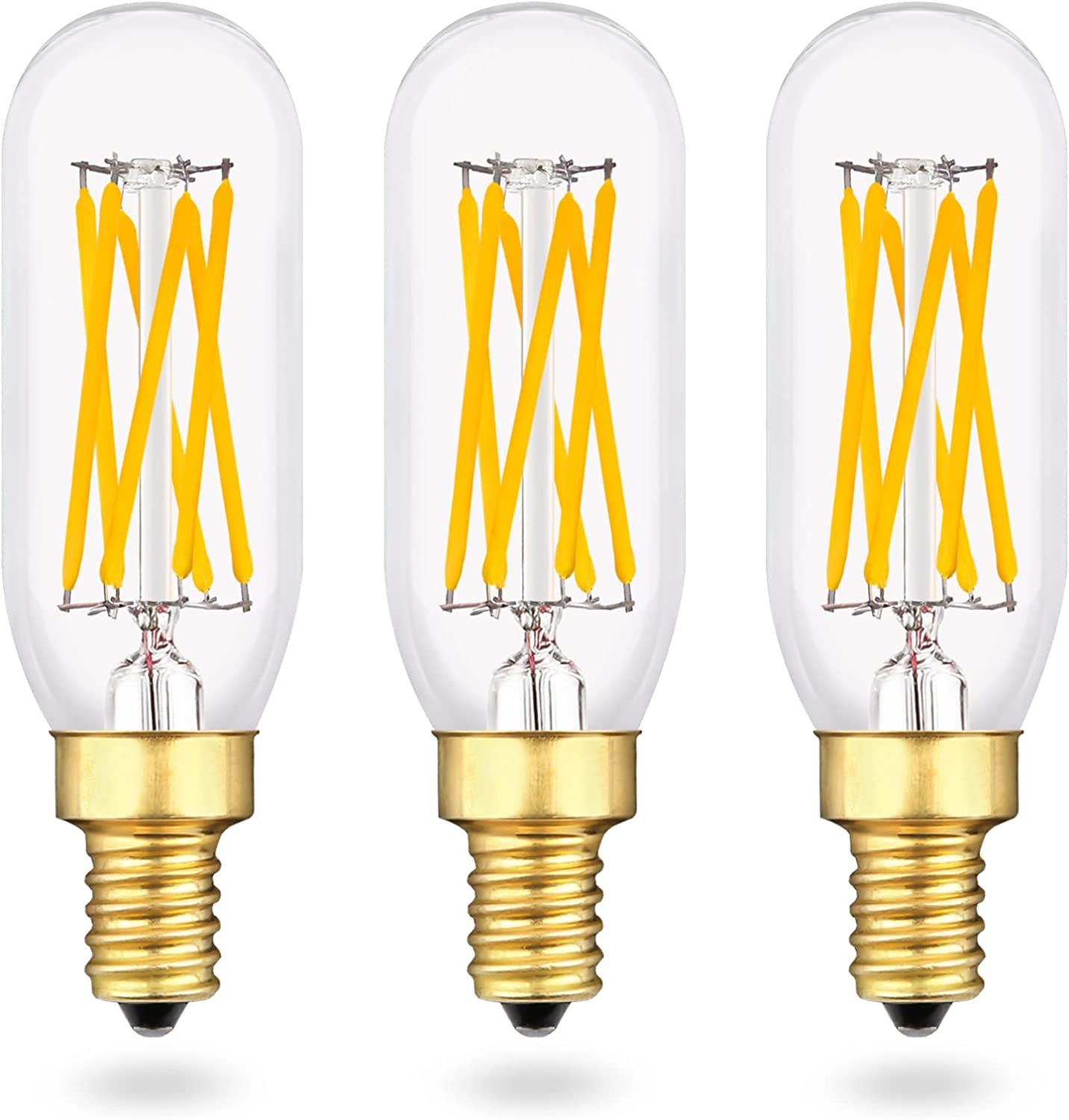Lighting Explained
Lighting is tricky! Matching wattage is the easy part, but is the bulb going to be bright enough? What if it’s too bright? What about the color and will it match the colors of the other lights in your home? I’m guessing a number of you out there have twisted in those bright new blue light bulbs only to feel like a spaceship just landed in your living room.
There are so many choices out there. Why? Just why??
I want to help you take the guessing and mistake making out of it. Read on to find out how you can pick out the right bulbs. The first time.
First things first, step #1: the wattage.
This is the easiest part. Match the wattage on the bulb you removed from your fixture or if you’ve purchased a new light, read the packaging. I know, I know, not all of you are good about reading the installation instructions... Lucky for you, the wattage is usually listed in a pretty obvious spot on the box. The most common is 60W.
Step #2: Lumens
In LED lighting (I’m just talking LED because you shouldn’t be using incandescent bulbs anymore anyway ), Lumens measure the brightness of a light. The higher the lumens, the brighter the light will be. Check out my fancy chart below to determine the amount of lumens you might need for your space.
*Pro tip: a bathroom or kitchen will generally require higher lumens than a bedroom or living room.
Last but not least (and this is probably most important), step #3: Kelvin
Kelvin is the temperature of the light or in essence the color of the light emitted from the bulb. The higher the Kelvin, the whiter the light will be. Use the chart below as a guide when picking out bulbs for various spaces in your home.
Hope this helps make your decision process a breeze! For more tips, follow me on Instagram.
P.S. When in doubt, check out some of my go-to bulbs:
This post contains affiliate links and I may earn a small commission when you click on the links at no additional cost to you.







